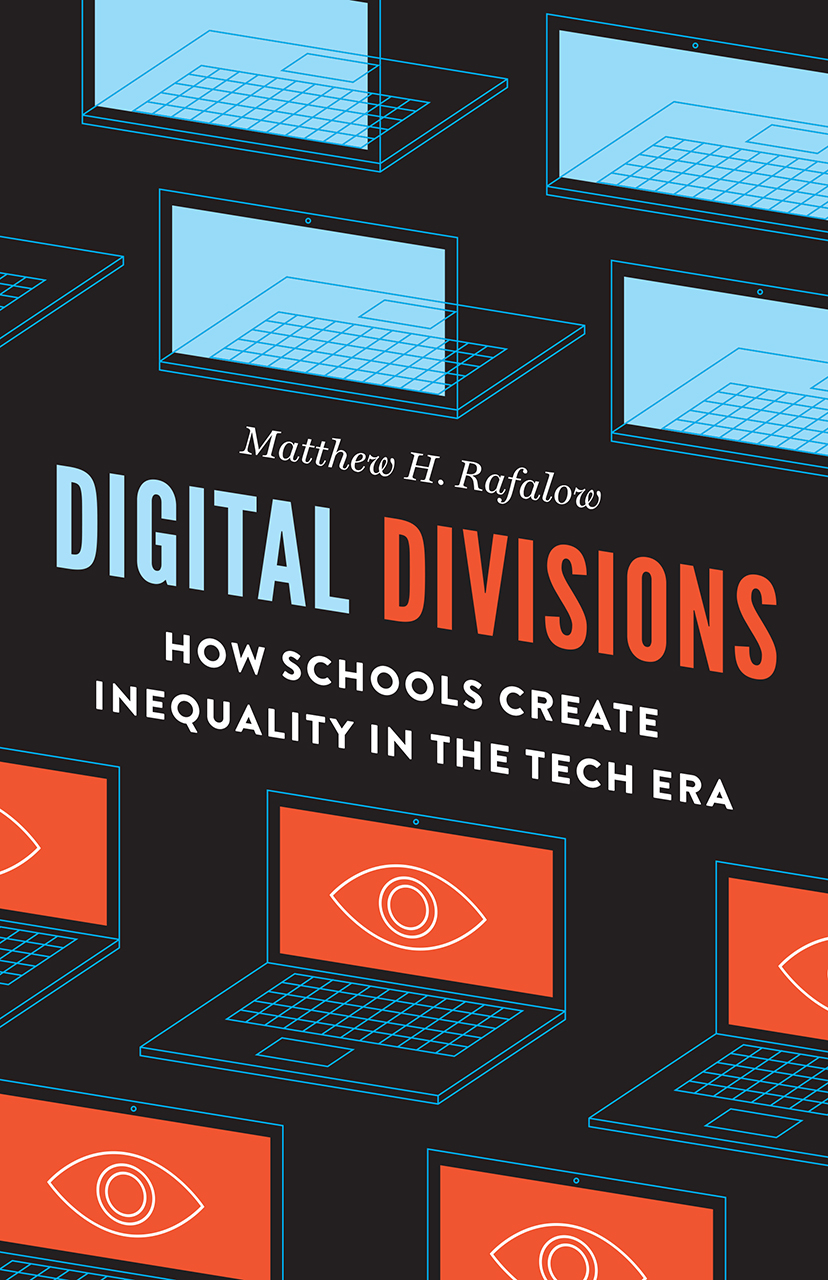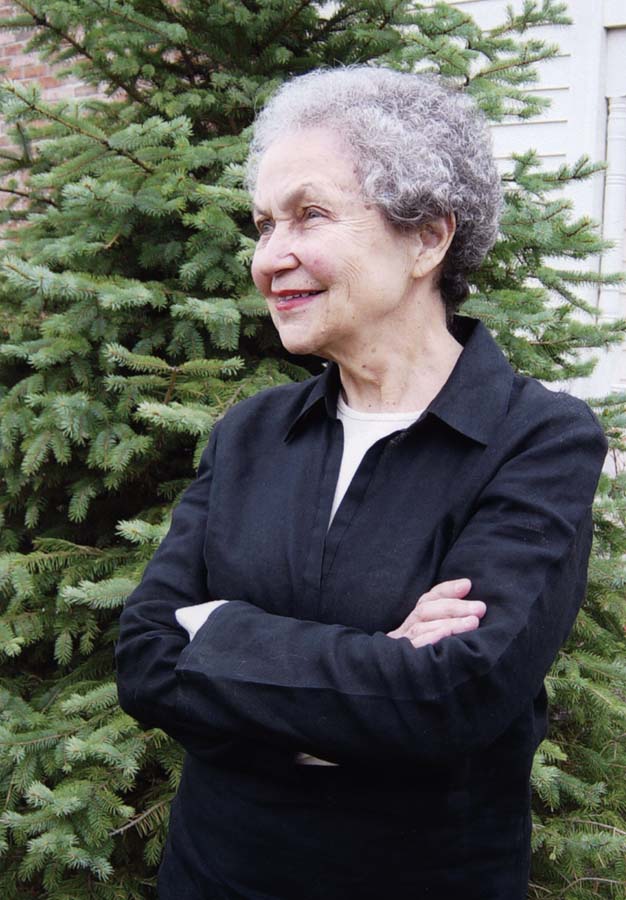Drawing on interviews and archival research, Yet Another Costume Party Debacle shows how colleges both contest and reproduce racialized systems of power. Sociologist Ingrid A. Nelson juxtaposes
Read an excerpt from the preface of ‘Race at the Top, an exciting new book by sociologist Natasha Warikoo.
The University of Chicago Press is pleased to announce that Ghosts in the Schoolyard: Racism and School Closings on Chicago’s South Side by Eve Ewing
The promise of a free, high-quality public education is supposed to guarantee every child a shot at the American dream. But our widely segregated schools
It seems that the effects of COVID-19 persist in each and every arena of our lives. With its emergence, the unjust systemic stratifications of resources,
As a book marketer at a university press, one of the things you’re always looking for is a work of strong scholarship that also can
Summer days are slipping away and back-to-school season is upon us. With that in mind, we’ve put together this short excerpt from David A. Gamson’s
Vivian Gussin Paley worked for nearly forty years as a preschool and kindergarten teacher and was a dear friend to the Press. Her books about
In recent months, the news has been filled with the ongoing fallout of a college admissions scandal in which dozens of wealthy parents—including Hollywood stars—stand
Last week, the Chronicle of Higher Education featured a piece by Steven Brint arguing that we are in a golden age for higher education. Herb Childress,





